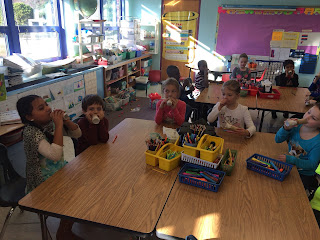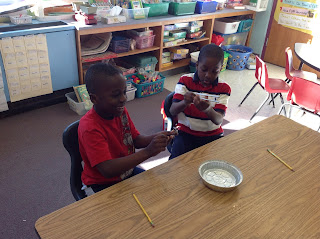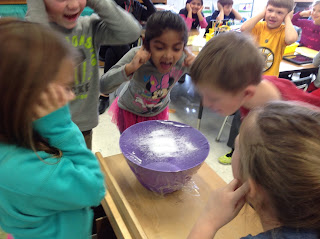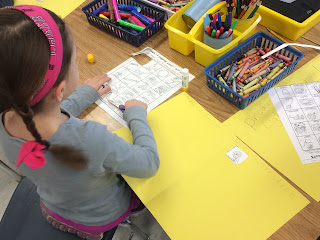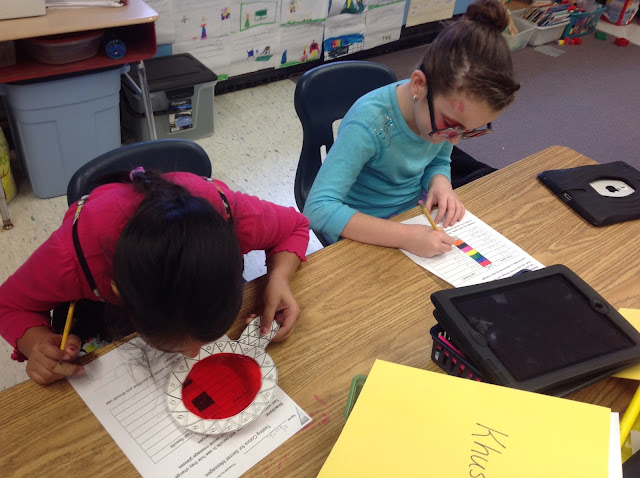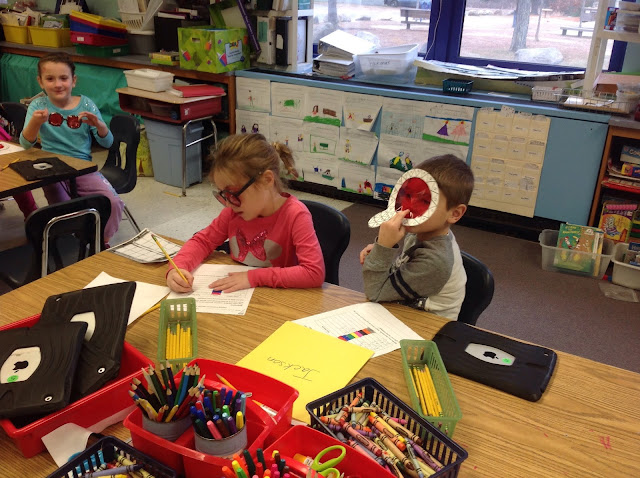What is more fascinating then watching life hatch right before your eyes? Well first graders throughout the Burlington district are getting this chance as incubators come into their classrooms on January 25th.
Eggs were put into the master incubator at the Burlington Science Center about 18 days ago. They begin their journey there to insure that they will make it throughout the incubation period. About 3 days prior to hatching, the eggs are transported to the classroom incubators so that children can witness firsthand a baby chick pecking it's way into the world.
Videos: These videos were made by Wendy and Sean at the Science Center. They progress students through the first two weeks of incubation starting with an introduction to the incubator and then “check-ins” on Day 7 and Day 14. We watched these videos in our class to keep up-to-date on what was happening with the chicks inside of our eggs:
Chick Development Video-animation video of the development of chick
The Chick Show
On Friday, Ms. Pavlicek came to our school and put on a "Chick Show" for the children. It was a fun interactive production to explain all about the development of the chick inside the egg. We even got to meet a real live rooster and hen! Here are some photos of the show:
 |
| Erin and Michael try unsuccessfully to break the shell of the egg -- demonstrating the actual strength of the egg's protective shell. |
 |
| Vera demonstrates how a momma hen incubates her eggs by sitting on them for 21 days. |
 |
| Ms. Pavlicek introduces the incubator and describes how it functions. |
 |
| Rules for when the chicks hatch. |
 |
| Ms. Pavlicek introduces the momma hen... |
 |
| ...and the papa rooster. |











